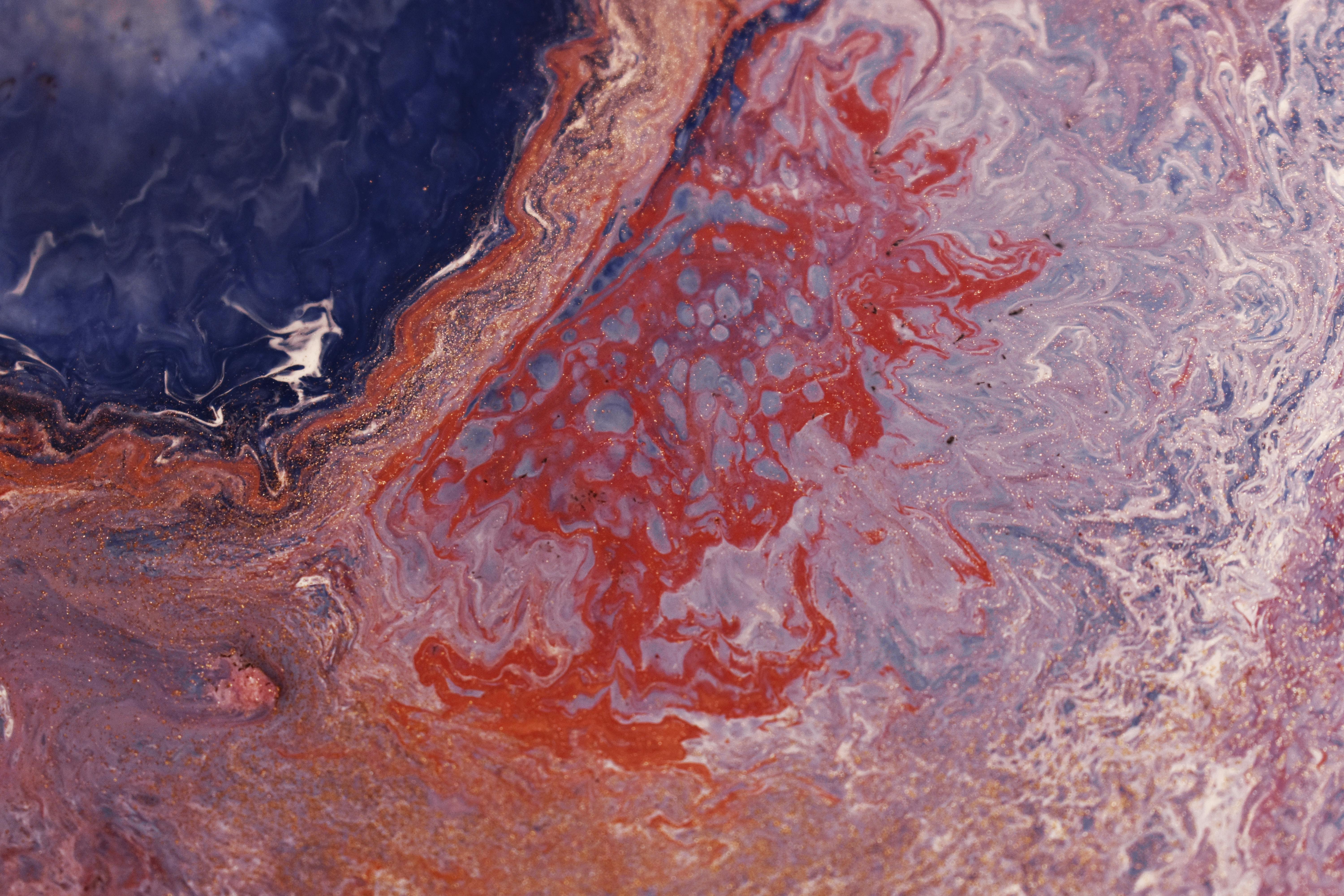
René Magritte: raining men and apples
Everything is more memorable when it is connected to a song or piece of music. A distant and waning emotion is instantly accentuated, an old love that we had done our best to mentally burn to ashes and scatter into the abyss of oblivion is immediately resurrected, a place is remembered, an incident is brought up, or we ourselves are shaken. back if any of those things were accompanied by music when we experienced them.
I came across René Magritte’s work a few years ago when I was watching TV at a friend’s house. After a succession of alarmingly talented pop stars came a song by a classic Arab singer I absolutely adore, an icon and one of the few I follow. I got up carefully and turned up the volume.
Julia Boutrous is the epitome of class, talent, patriotism and femininity in the Middle East. Her voice is smooth and pure and represents a period in the evolution of Arabic music when substance, depth and talent were valued more. She also happens to be extremely beautiful.
The name of the song was “Shi ghareeb”, which in Arabic translates as “something strange“. What I foundweirdin the most positive way, it was the video for this song.
Blue and white were the dominant colors in the video; Julia is seen in an empty room with a window, a mirror, and a framed canvas. When she is not looking at her own reflection in those objects, she is seeing clocks falling from white clouds, or a rain of green apples and men dressed in bowler hats and clock faces. She made absolutely no sense.
I later found out from my friend, an interior designer, that the video was inspired by various paintings by René Magritte. Mainly golconda Y the listening room.
René Magritte was a Belgian surrealist artist and writer. Before adopting a surrealist style, Magritte’s art was initially impressionistic. His first surrealist painting was The lost jockey.
He held his first exhibition in Brussels in 1927 and received critical reviews. He went to Paris after this failure and there he became further involved with the Surrealist movement when he met André Breton, the French poet, writer and founder of Surrealism.
What I enjoy about Magritte’s paintings is that he never tried to tell us what he meant by his art. Like all surrealists, Magritte sought to reveal the unconscious mind. However, he did so by juxtaposing the seemingly unrelated symbols of him and offering your unconsciousness the pleasure of making a connection. His paintings often included the ‘man-made’ side by side with the ‘natural’, perhaps in a way indicating a rivalry or a fight. For example, a brick wall and a clear sky, an apple and a man in a bowler hat, a naked woman with a mirror, trees growing on a table, etc. Was He referring to us consciously (man-made) restraining our unconscious minds (which are natural and limitless)? I’m not an art critic, but I’d like to think that in some of his paintings, Magritte does exactly that. The titles of his paintings are more clues to their meanings than descriptions of what we are seeing.
At the age of thirteen, Magritte’s mother committed suicide by drowning in a river. She was found dead with the dress over her face. Her suicide had a great impact on Magritte’s art and his many paintings of people with hidden faces are believed to be the result of that experience.
The Vancouver Art Gallery hosts a Surrealism exhibition (The Color of My Dream; The Surrealist Revolution in Art), and Magritte’s paintings are among those on display. I intend to go there before the exhibition ends in September. I’ll be thinking of Julia Bourouse when I do.